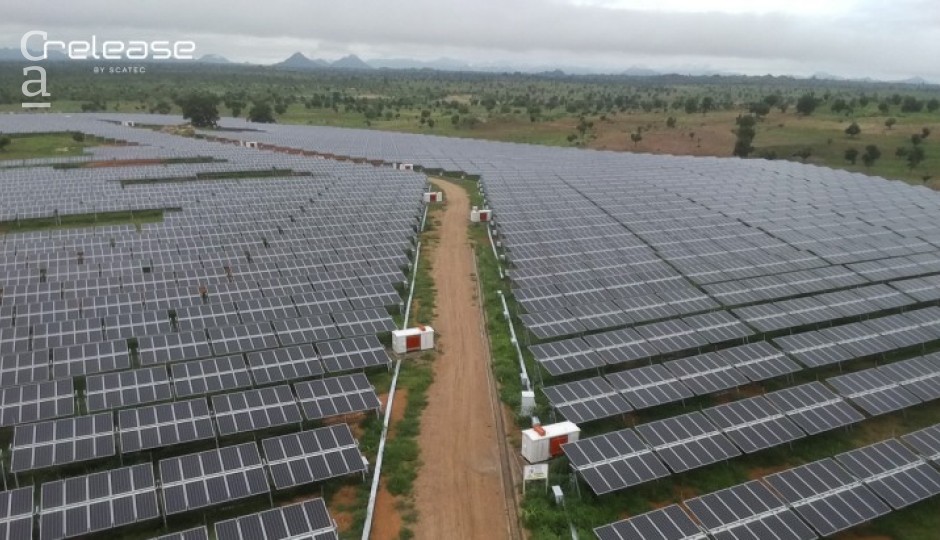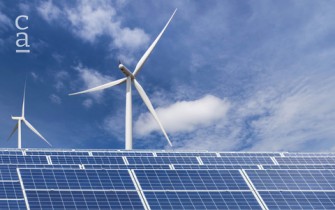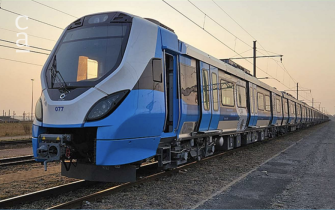All Africa
A new model for delivering power in Africa
Interview with Hans Olav Kvalvaag, CEO, Release.

An official inauguration ceremony was held in September to mark the completion of two 18MW solar farms with battery energy storage systems at Maroua and Guider in northern Cameroon.
What was unusual about these plants is they had already been generating electricity since February 2022, when the first megawatt of capacity
Want to continue?
Subscribe to get access to premium content
By subscribing you get access to the Newsfeed, Tenders, Events



